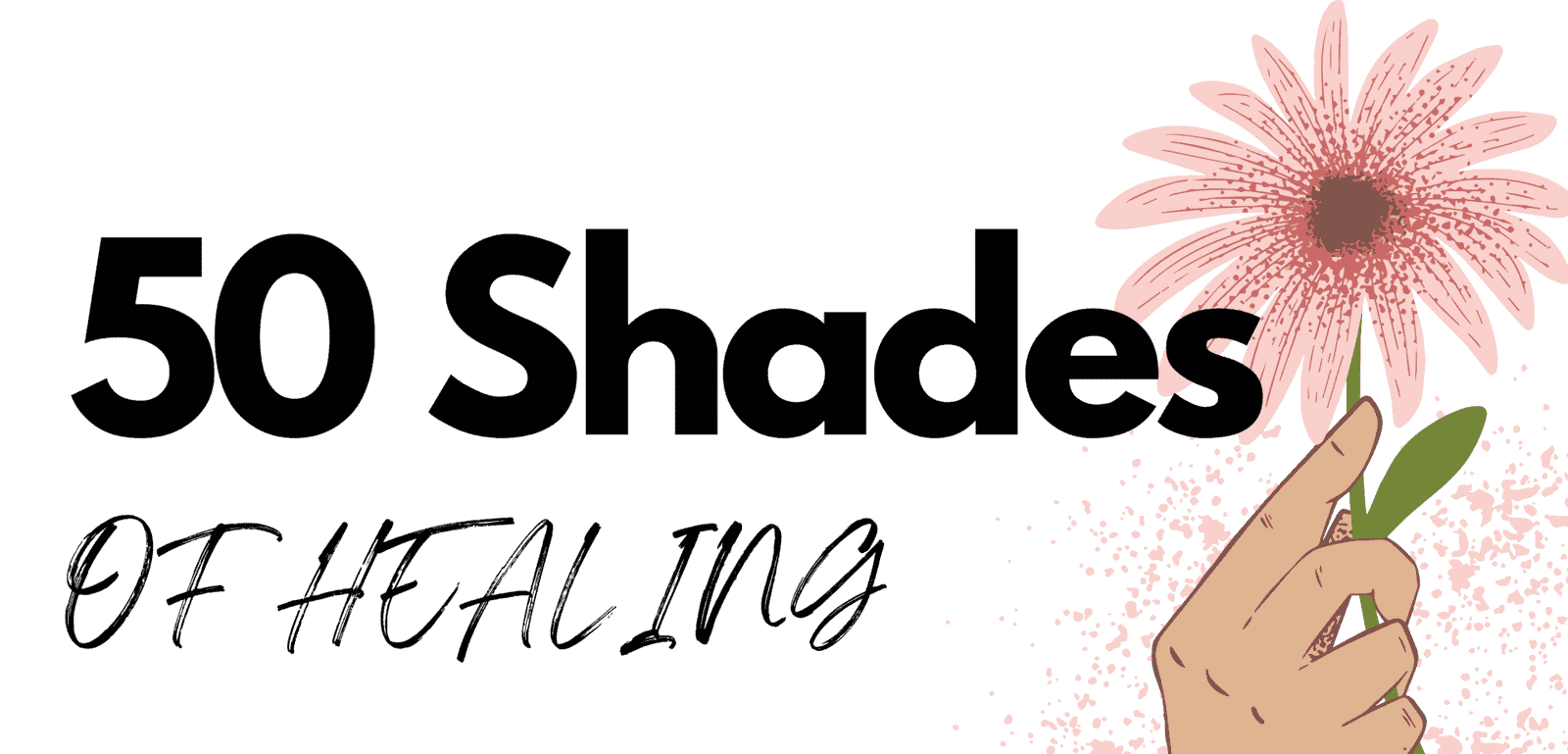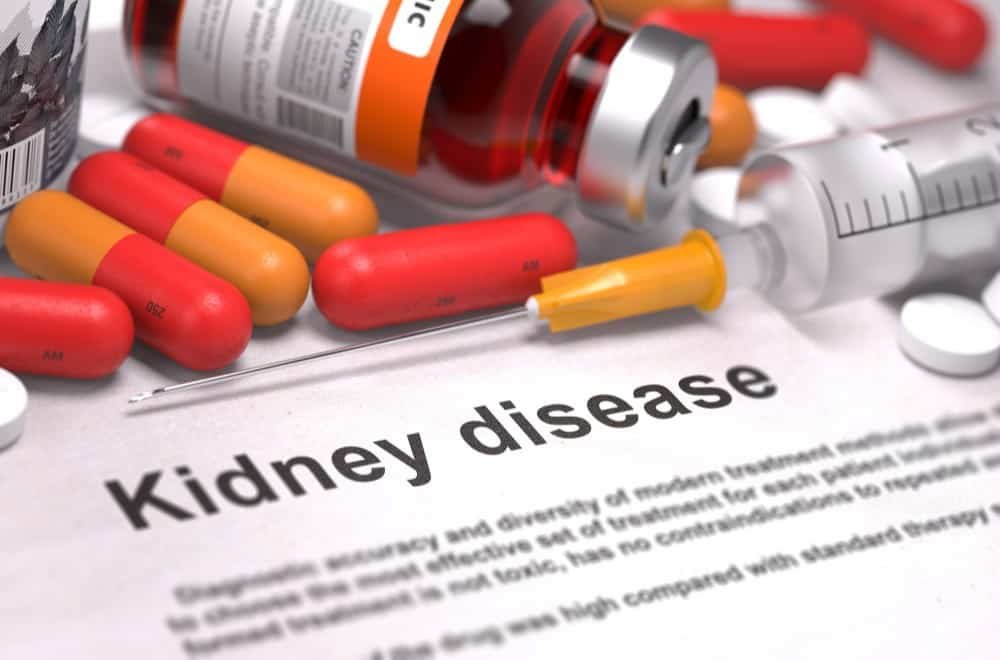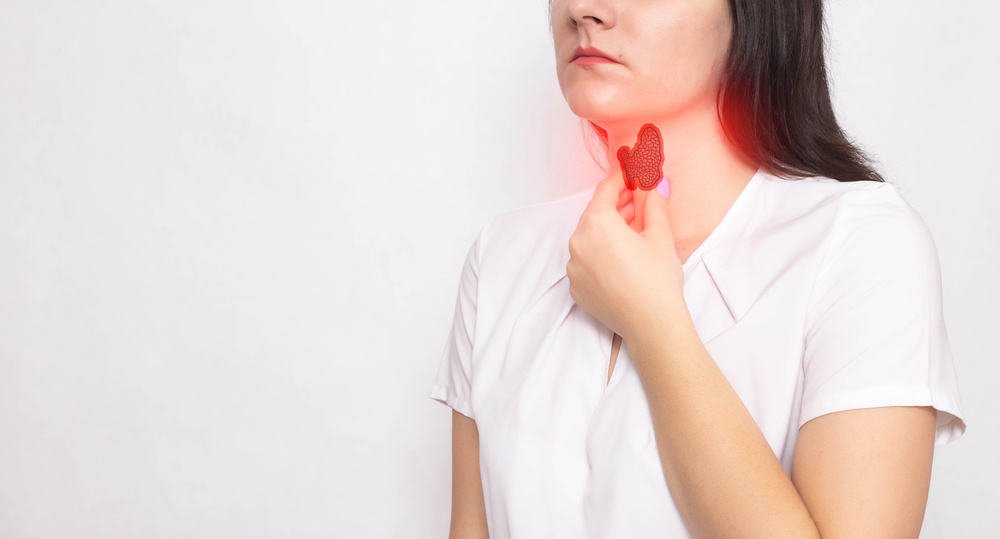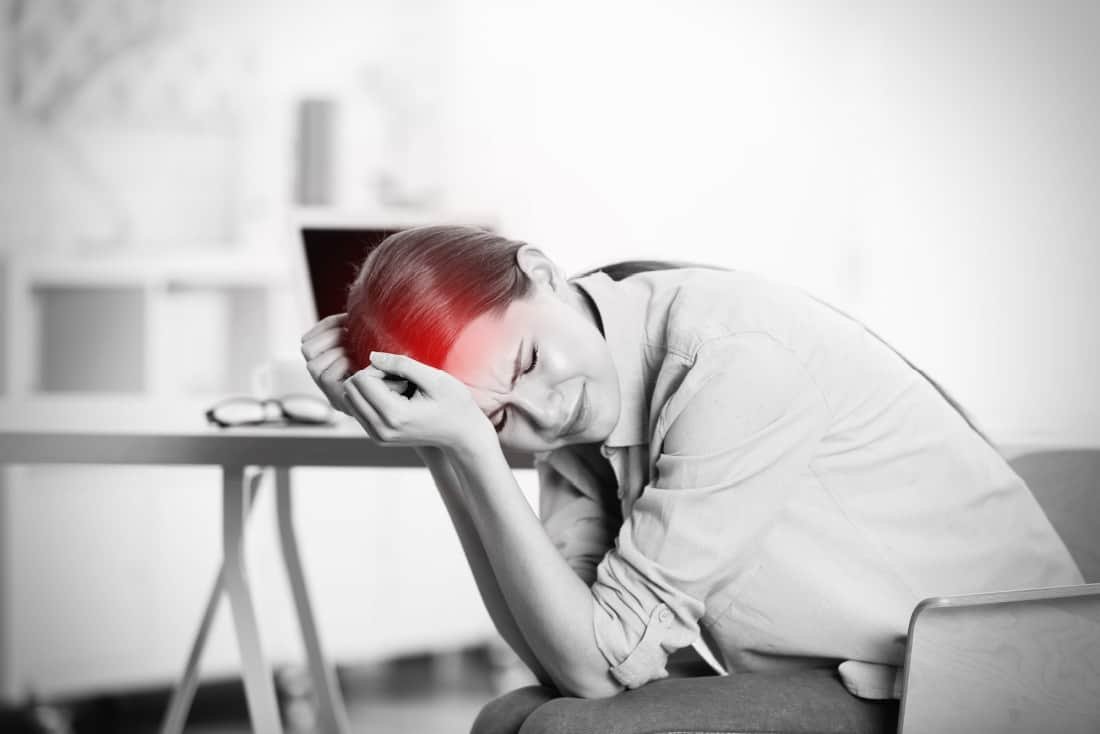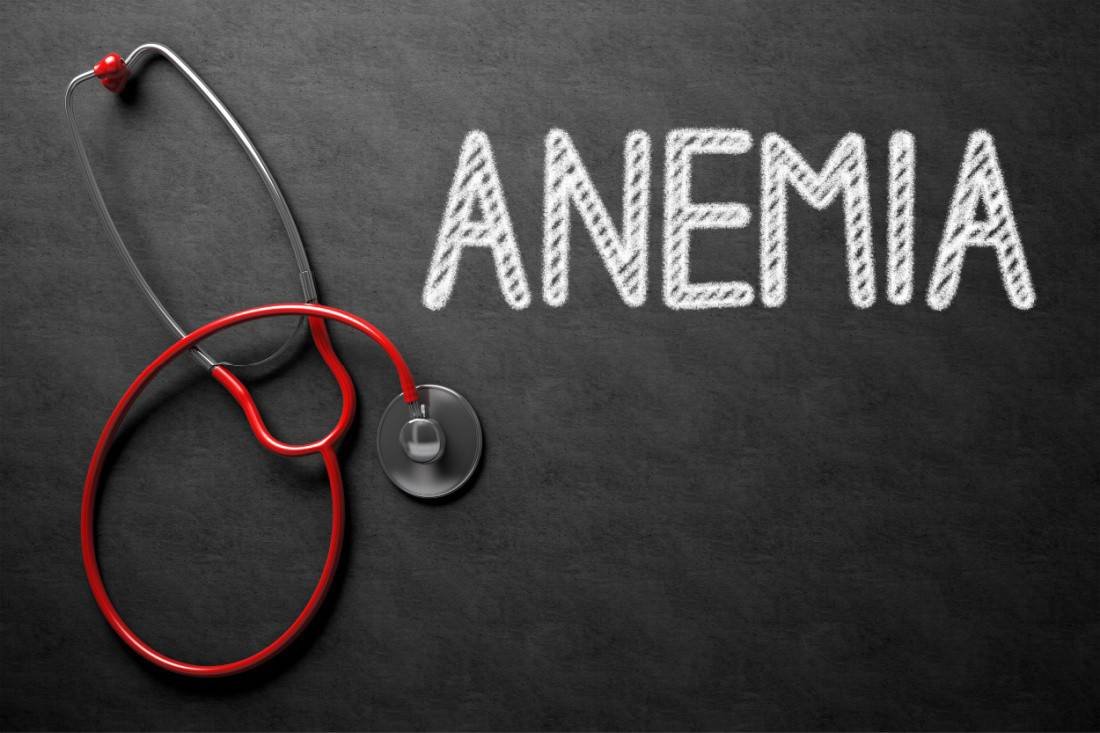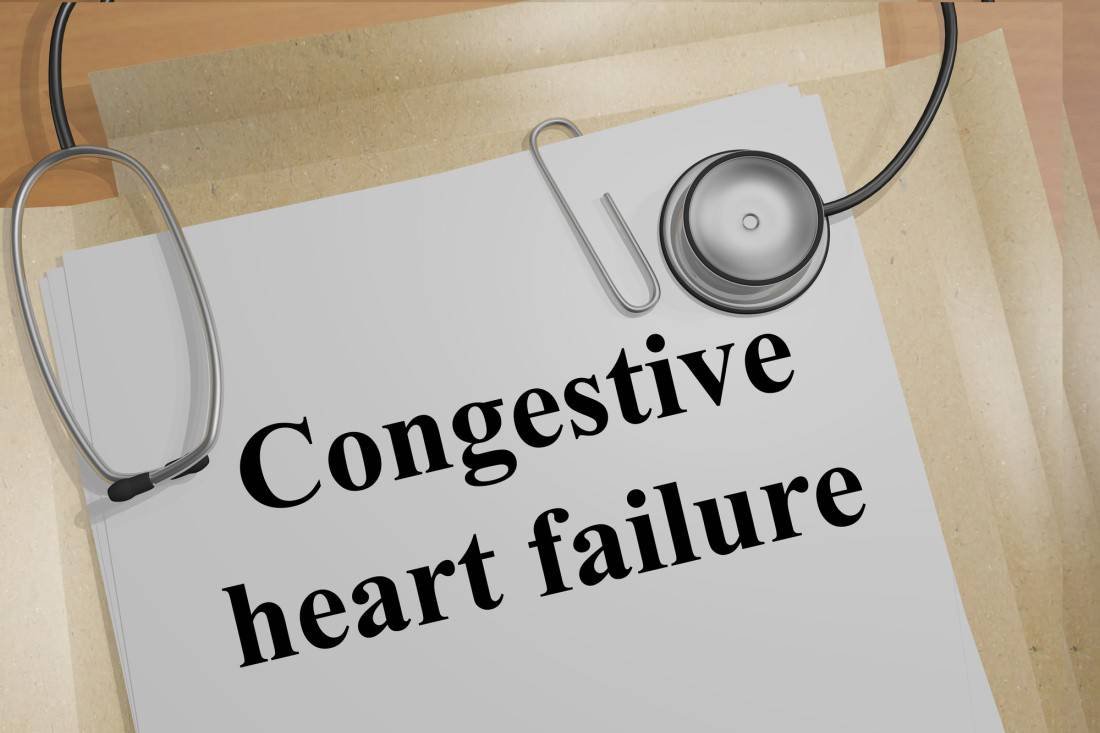What’s the Difference Between Eczema and Rosacea?
If you’re wondering what the difference between eczema and rosacea is, you’re not alone. These two skin conditions are often confused, as they can both lead to redness, itchiness, and swelling.
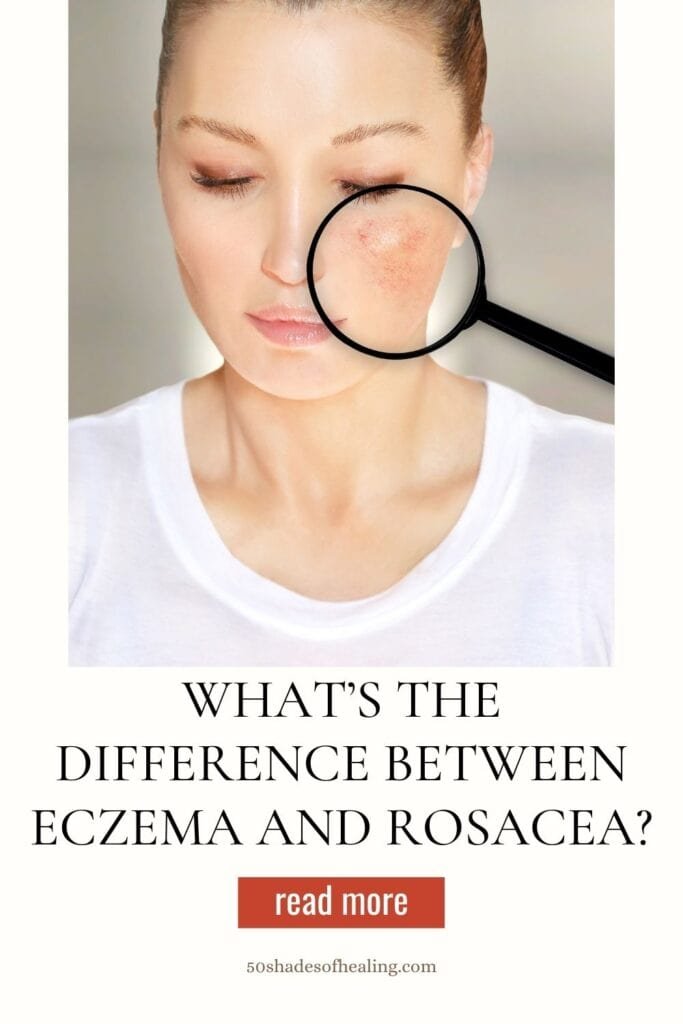
But there are some key differences that can help you identify which one you might be dealing with.
Here’s a quick rundown of the most important distinctions between eczema and rosacea.
When we see a rash on our body or face, we immediately reach for a rash cream or ointment in our medicine cabinet without a certain diagnosis. Chances are, we just put them on and hope that they go away.
Most of the time, the cream that we use aggravates the skin condition and we end up spending more on its treatment than we intend to.
Let’s talk about the most common skin diseases here, What’s The Difference Between Eczema Rosacea?
We’ll include the causes, symptoms, and the differences between the most common skin conditions, and the treatment for these disorders.
At the end of this article, we hope you have picked up some tips for healthy skincare.
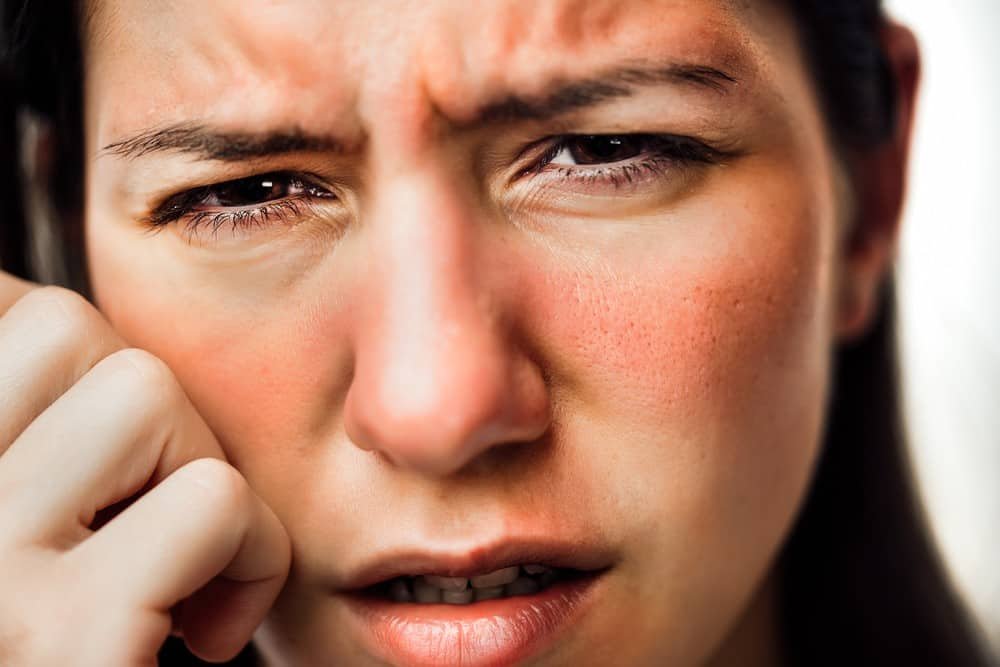
Causes, Symptoms, and Diagnosis of Eczema and Rosacea
Skin irritation or itchiness can have common causes; however, the location, appearance, and symptoms of each skin disorder can direct you to a correct diagnosis.
Rosacea
This skin disorder is formerly called acne rosacea. This is a chronic inflammatory process that usually affects middle-aged and older adults.
In the early stages of rosacea, there are episodic appearances of blushing, eventually becoming permanent, on the nose and cheeks, extending to the forehead and the chin. This stage occurs before 20 years of age.
As the person ages, the redness persists, often with “spider veins” (dilated blood vessels), sometimes appearing with comedones and pustules or nodules.
This may later develop into the thickening of the skin on the nose causing irregular lumps, known as rhinophyma.
This condition is more common in men. The skin color over the affected area may change into purple-red as the oil follicles and skin pores enlarge.
Another diagnostic sign is called the “flush and blush.” This is more common in women.
Other common symptoms of rosacea include:
- Persistent flushing across the face, more pronounced in the nose, cheeks, chin, and forehead.
- Rough or scaly skin
- Visible fine blood vessels (spider veins)
- Stinging and burning sensation over affected areas
- Itching
- Inflamed bumps and swelling
- Redness, inflammation, and irritation of the eyes and eyelids, with watery or bloodshot eyes
- Thickened skin on the nose with lumps, enlarged pores, and pimples
The following are trigger factors for Rosacea:
- Temperature extremes or changes
- Sunburn
- Stress
- Skincare products or make-up that contain alcohol
- Hot beverages, caffeine, or alcohol
- Spicy foods
- Certain medications
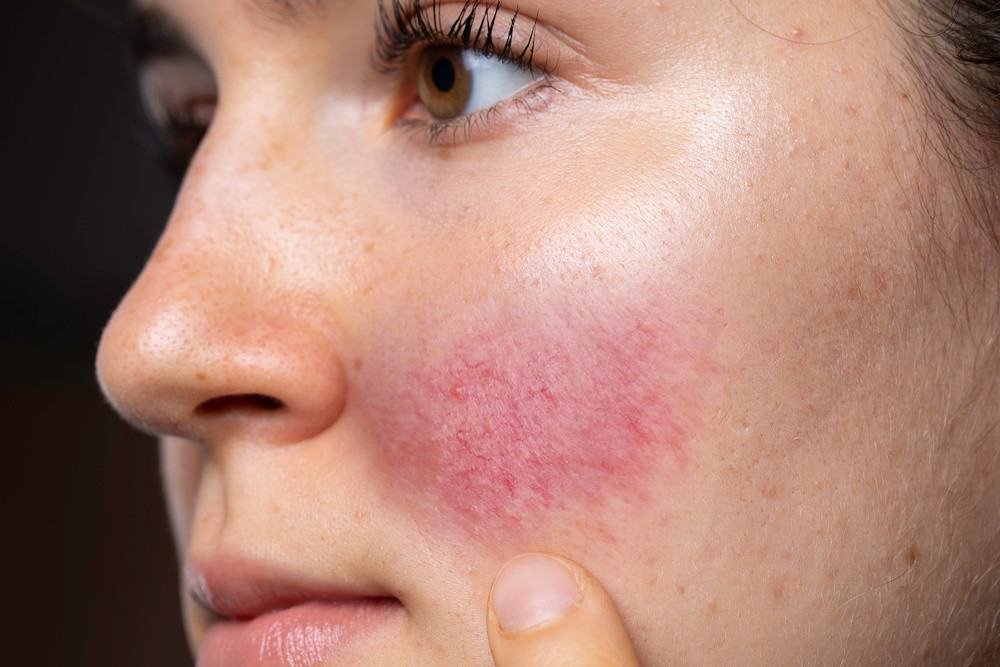
Rosacea Treatment
If you are experiencing mild to moderate rosacea, your doctor might prescribe a cream or gel that’s applied directly onto the affected skin.
Brimonidine (Mirvaso) and oxymetazoline reduce flushing by constricting blood vessels which can help prevent redness in those who suffer from this condition!
Another option for people with more severe forms of it includes prescription medications like doxycycline antibiotic tablets taken orally twice daily; they work best when combined with other treatments such as topical ointments/gels etc.
Is Rosacea Itchy and Dry?
The symptoms of rosacea can be both annoying and uncomfortable. Some people with the condition experience itchiness, which is not always caused by it itself and appropriate treatments depend on what’s causing your skin to react in this way!
Eczema
This condition is also known as atopic dermatitis. Eczema is an inflammatory response of the skin to multiple factors.
This common skin disorder occurs in children and adults. It is associated with allergies.
There is usually a family history of asthma, hay fever, or atopic dermatitis.
There are two forms of atopic dermatitis or eczema. The infantile form, which appears in children, and the adult form.
In children, there is an appearance of fluid-filled lesions or vesicles, oozing and crusting, with chafed skin in affected areas.
This usually begins in the cheeks, and then progresses to involve the scalp, arms, legs, and trunk area.
The skin on the cheeks may appear paler. This usually becomes milder as the child ages, typically disappearing by the age of 15.
On the other hand, the adult form is characterized by dry, leathery, and discolored lesions in the arms and legs.
This can spread to the neck, hands, feet, eyelids, and even behind the ears. Itching is severe in both forms.
Diagnosis should be made for proper diagnosis and treatment of these skin diseases.
Does Eczema Cause Flushing
Eczema patches can be itchy and painful. They often come upon specific areas of the body, like around the eyes or mouth; however, there is no flushing associated with them (and you won’t see blood vessels).
How can you tell the difference between eczema and rosacea?
Rosacea causes small blood vessels on the central part of your face to swell, making them visible through the skin.
Eczema patches usually erupt in specific areas; for example, they can appear around the eyelids or mouth area.
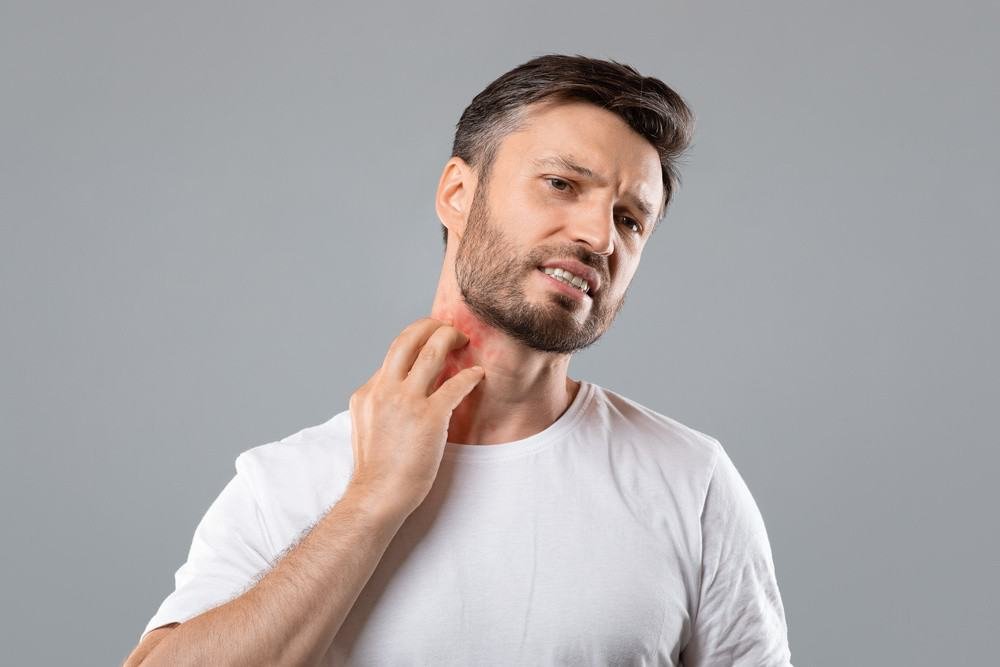
Difference Between Eczema and Rosacea
| Parameters of Comparison | Rosacea | Eczema |
| Meaning | Rosacea is a skin disease that can cause redness, thickened skin, inflammation, and bumps on the skin. | Eczema is a skin disease that causes dry, patchy, itchy skin. |
| Symptoms | Redness, itching, thickened skin, small pus-filled bumps, skin inflammation, etc. | Dry, itchy, and patchy skin with redness and rashes. |
| Affected areas | Usually occurs on the face, especially on the cheeks and nose bridge area. | Can occur anywhere in the body. Mostly in the elbow, back of the knees, and neck area. |
| Age limits | Generally, affects 30 to 50 years old people. | Can happen in childhood and also can affect adults. |
| Skin type | Noticeable in people with fair skin tone. | People with any skin type and tone. |
| Treatment | Can be treated by oral antiseptics, topical medication, antiseptic creams, laser treatment, etc. | Topical creams, moisturizers, antibacterial creams, mild soaps, and laser therapy. |
Source: https://askanydifference.com/difference-between-rosacea-and-eczema/
Tips for Skin Care for People with Skin Diseases
It is important to know what skin type you have, as skincare may differ for each skin type.
Understanding the skin type that you have can help with treatment and skincare.
There are 5 types of skin:
- Sensitive skin- this type of skin may burn or sting after applying some products
- Oily skin – shiny and greasy
- Dry skin- is flaky, itchy, or rough
- Normal skin – clear and not sensitive
- Combination skin- may have areas that are dry or oily
To maintain healthy skin, dermatologists recommend the following:
- Always wear sunscreen. Sunscreen protects our skin from the dangers of UV rays, which cause sunburn, aging, and cancer. An SPF of 30 or above is recommended and is encouraged to be applied every 2 hours on sun-exposed areas. Your sunscreen should be broad-spectrum and water-resistant. Some cosmetics contain sunscreen such as moisturizers and toners. You can use these in complement to your sunscreen.
- Avoid using tanning beds. Just like the sun, these tanning beds radiate dangerous UV light to cause hyperpigmentation of your skin. These machines also increase your chances of skin cancer. A better and safer alternative to tanning beds is self-tanning products.
- Simplify your skincare routine. Using a lot of unnecessary products on your face can irritate and aggravate your skin diseases. Less is more when it comes to skin. The basics include a gentle cleanser, moisturizer, and sunscreen. Stick with what is effective on your skin. Establishing a morning and evening skincare routine yields better results.
- Use skincare products that are specific to your skin type. As mentioned earlier, less is more when it comes to your skin. Stick to products that are specified for your skin type.
- Keep your hands off your face. Our hands are vessels of dirt, bacteria, oil, and irritants that may cause be transferred to our faces. Avoid popping your pimples, picking lesions on your face, and using your dirty heads to clean your face. Wash your hands before touching your face, should you need to do so.
- Check your skin regularly. Just as we need to have regular medical check-ups for our body, so does our skin. It is the largest organ in our body, and the outermost part, acting as a barrier and protector of our body. Have spots, rashes, or irritations checked by dermatologists regularly.
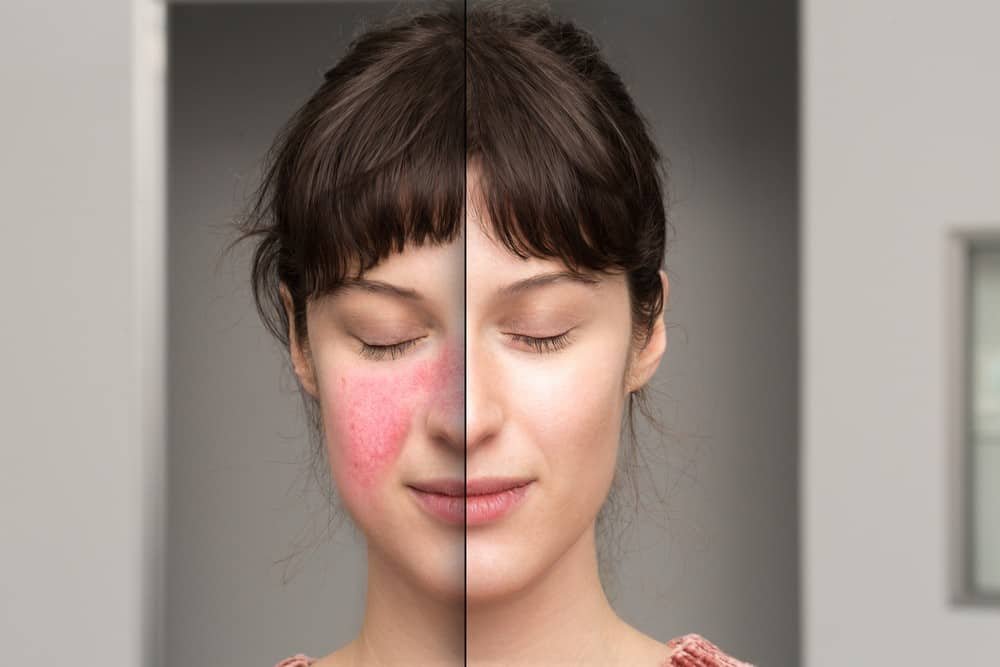
Other Common Skin Diseases
Here are other common skin disorders aside from rosacea and eczema:
- Acne – commonly located on the face, neck, shoulders, chest, and upper back. Breakouts are commonly composed of blackheads, whiteheads, pimples, deep, painful cysts, and nodules.
- Cold sores – these fluid-filled vesicles commonly occur on the nose or lips and are caused by Herpes Simplex Type 1 (not transmitted sexually). This is usually accompanied by colds and flu-like symptoms.
- Actinic keratosis – the lesions are usually less than 2 cm and are thick, scaly, or crusty skin patches that appear on sun-exposed areas of the body.
- Psoriasis – these are itchy scaly, silvery, sharply defined skin patches, commonly located on the scalp, elbows, knees, and lower back.
- Melanoma – This is the most serious form of skin cancer, appearing anywhere on the body. These are irregularly shaped, asymmetrical in shape, and in multiple colors.
- Vitiligo – This is an autoimmune disease that causes the loss of pigment in the skin due to the destruction of the cells that give skin its color (melanocytes).
- Wart – this is caused by a virus called human papillomavirus (HPV) and may be found on the skin or mucous membranes.
- Ringworm – these are itchy circular-shaped scaly rashes with raised borders.
Eczema and rosacea are two skin conditions that are often confused. They both lead to redness, itchiness, and swelling.
However, there are some key differences between the two. Eczema is a condition that results in dry, cracked skin, while rosacea causes bumps and pimples on the face.
Rosacea is also more likely to cause flushing or episodes of blushing. If you’re not sure which condition you have, consult with your doctor for a diagnosis.
